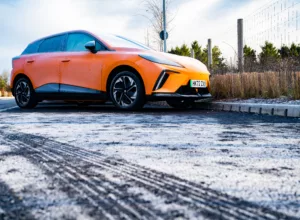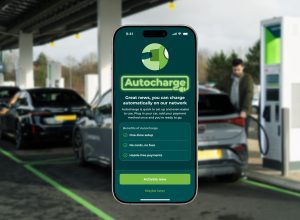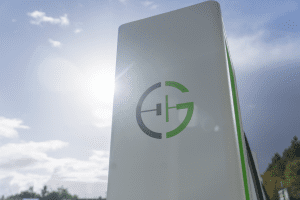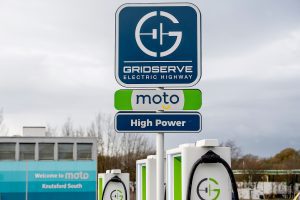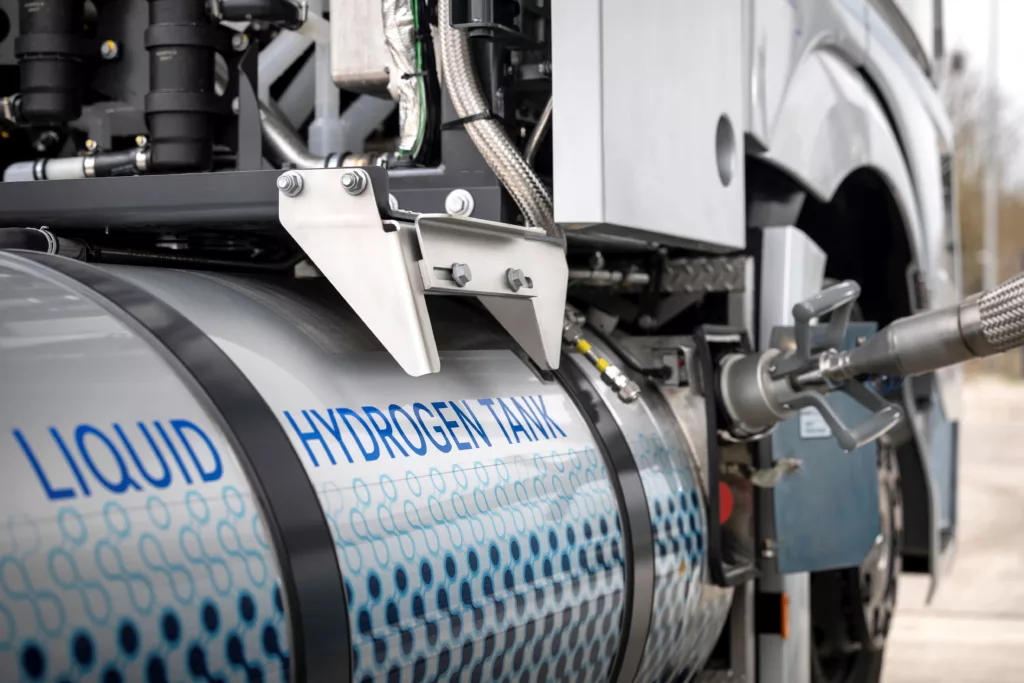

What about hydrogen? It’s a question that we often hear asked.
Supporting battery electric cars, bikes, vans and trucks may be our wheelhouse, but it’s also true that if we want sustainable vehicles on our roads, all decarbonisation options need to be on the table. Elimination of all environmental impact must be the goal, rather than simply nibbling around the edges of fuel efficiency.
That’s why in preparation for the 2040 zero emission HGV deadline, the Department for Transport and Innovate UK is funding four projects to trial battery-electric trucks, hydrogen-powered trucks and a combination of both technologies, to see which scenario performs best for the UK.
We’re delighted that the GRIDSERVE Electric Freightway is one of four projects to be selected, alongside the fully electric ‘EFreight 2030’ programme, the combined electric and hydrogen ‘Zero Emission Northern Freight (ZENFreight)’ programme and the Hydrogen Aggregated UK Logistics project. Over the next couple of years, these will be critical in demonstrating the feasibility of future clean technologies.
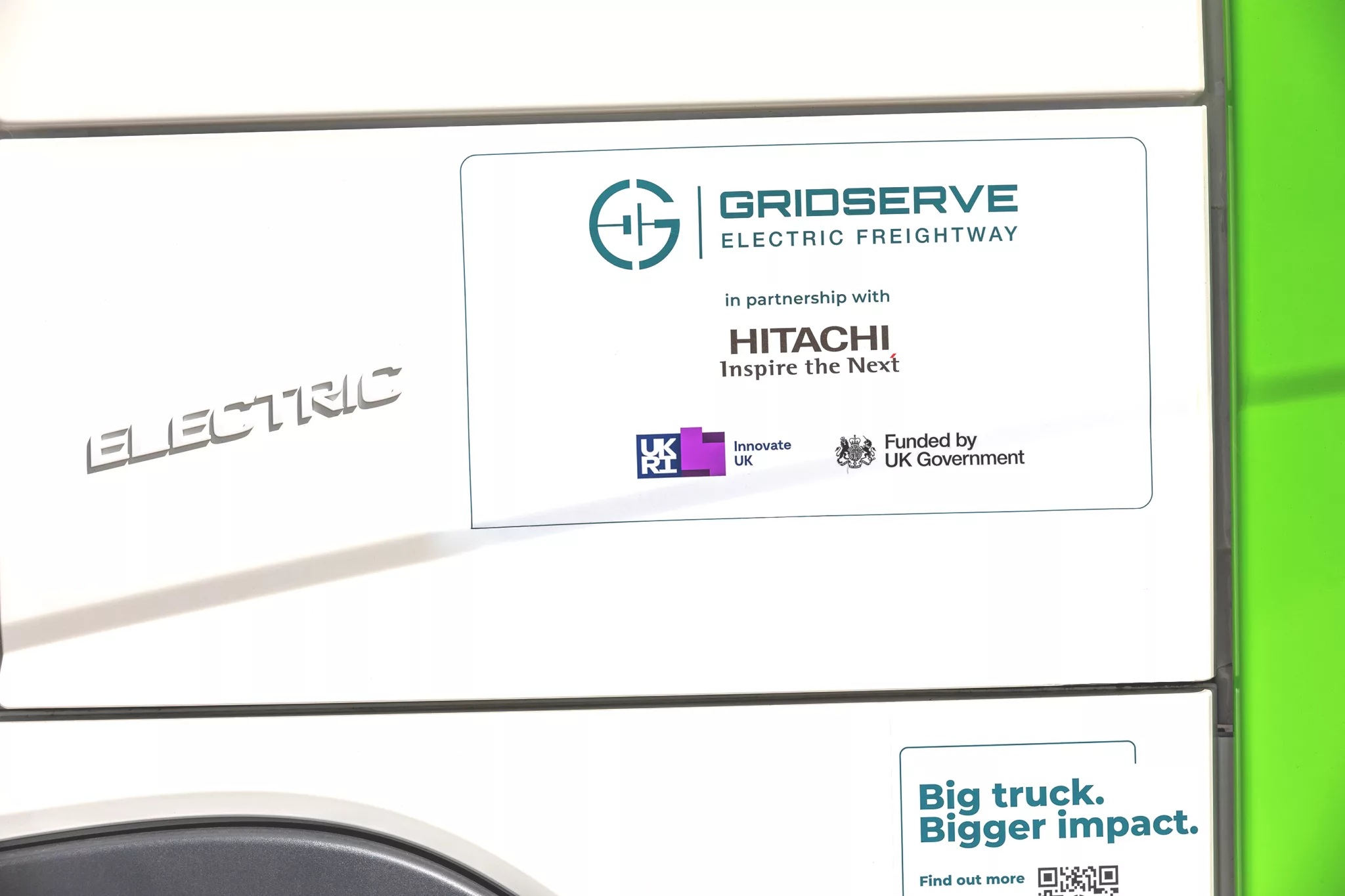
Is hydrogen an option for trucks?
In the current technology race, hydrogen remains super-niche for road transport but scores positively in opinion polls for its strong range and lack of behavioural change.
Hydrogen-powered vehicles are technically hybrid vehicles because they rely on two fuel sources: a regular battery and a hydrogen fuel cell. There’s a Professor Brian Cox brain’s-worth of H2-fuelled witchcraft going on here, but basically, a proton exchange membrane fuel cell uses compressed hydrogen and oxygen from the air to produce electricity. This electricity then powers an electric motor that drives the wheels. The only bi-product from this entire process is water.
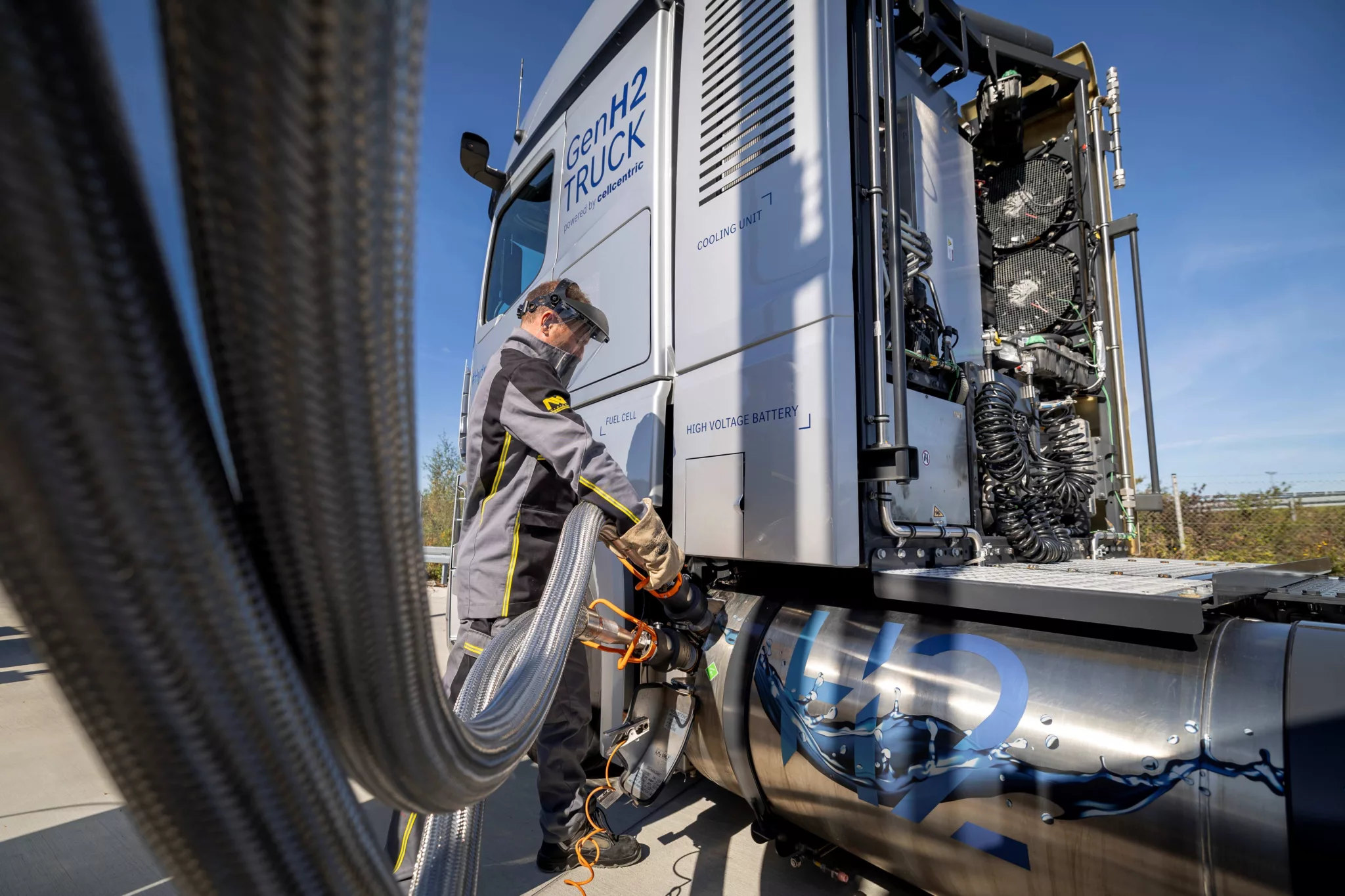
We’ve experienced the rare sensation of visiting a hydrogen filling station and can confirm the refuelling process is similar to filling a car with petrol or diesel. You simply swipe your bank card at the pump, lock the fuel nozzle into place and allow 700 bars of pressurised hydrogen to flow.
Within a few minutes the entire process is complete, signed off by the sound of a humpback whale surfacing somewhere in the distance. That big ol’ whoosh is actually depressurised gas being expelled from the on-site hydrogen storage tanks that feed the pumps.
How clean is hydrogen?
Here lies the first challenge. How clean hydrogen is ultimately depends on how the hydrogen is produced in the first place. The cleanest process is electrolysis, whereby you put an electric current through pure water to split out hydrogen from the wet stuff. If the process is done using renewable energy – solar or wind power, for example – it’s known as green hydrogen. If it’s connected via the grid, then it’s called yellow hydrogen.
The source of electricity is particularly important because the electrolysis process itself is about 75% efficient. That means you only get three-quarters of the energy you started out with.
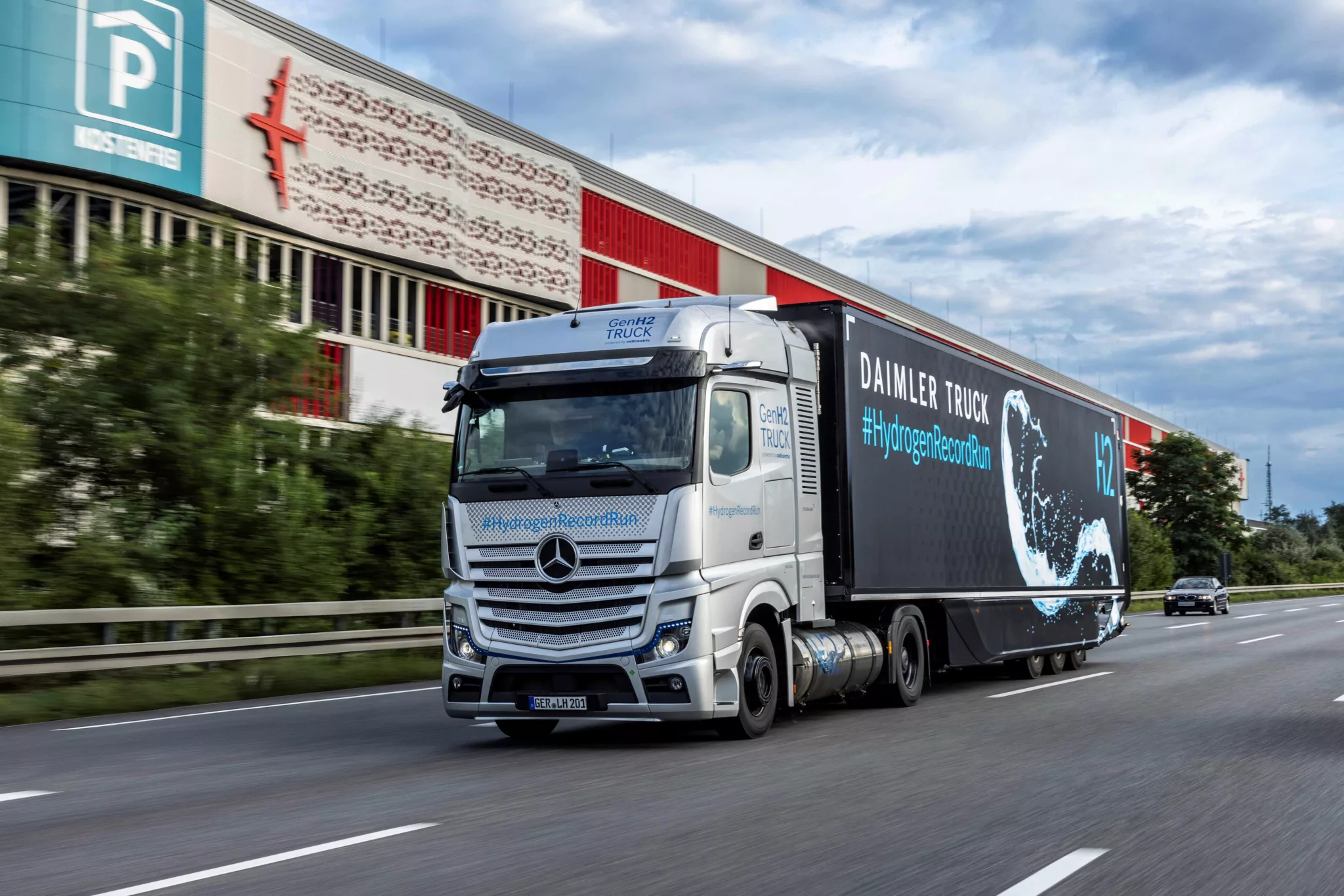
The other hydrogen-making process involves treating natural gas or methane with hot steam. During this process, the methane splits into its four hydrogen atoms while the one carbon atom gets bonded to oxygen and goes off into the atmosphere as carbon dioxide. This is known as grey hydrogen or, if the carbon dioxide can be captured and stored, it’s called blue hydrogen.
OK, so only green hydrogen is actually green?
Yep, that part is as clear as water. If a car or truck could be powered by green hydrogen, that scenario is as sustainable as an electric truck plugging into one of our utility-scale solar farms.
Unfortunately, it’s the grey and blue hydrogen that we’re seeing heavily promoted, most often by the fossil fuel companies that already have plenty of natural gas.
How efficient is hydrogen as a fuel source?
According to Professor Mark Jacobson of Stanford University, the plug-to-wheel efficiency of a hydrogen fuel cell vehicle ranges from 23% – 43%. That is the percentage of electrical energy used to produce hydrogen that is then converted to motion. The rest is waste heat.
While that’s better than the efficiency of an internal combustion engine (roughly 17% – 20%), it’s way behind the plug-to-wheel efficiency of a battery electric vehicle (64% – 89%).

In a future energy market led by renewables, this would mean the UK would have to develop three times more generating capacity to go down the hydrogen route compared to the battery electric route. And that generating capacity could (and probably should) be used elsewhere, like powering our homes and industries more cleanly.
How many hydrogen filling stations are there in the UK?
The number is marginal, but the same can be levelled at dedicated eHGV charging stations. Both solutions require lots of planning, space and adaptation within the traditional truck stop. Electric truck charging stations will require the sort of power that housing estates use, while hydrogen filling stations would likely need an on-site electrolysis set-up because hydrogen is so difficult to store and transport. All possible, but a tricky and expensive design challenge, which is why the Department for Transport funding exists.
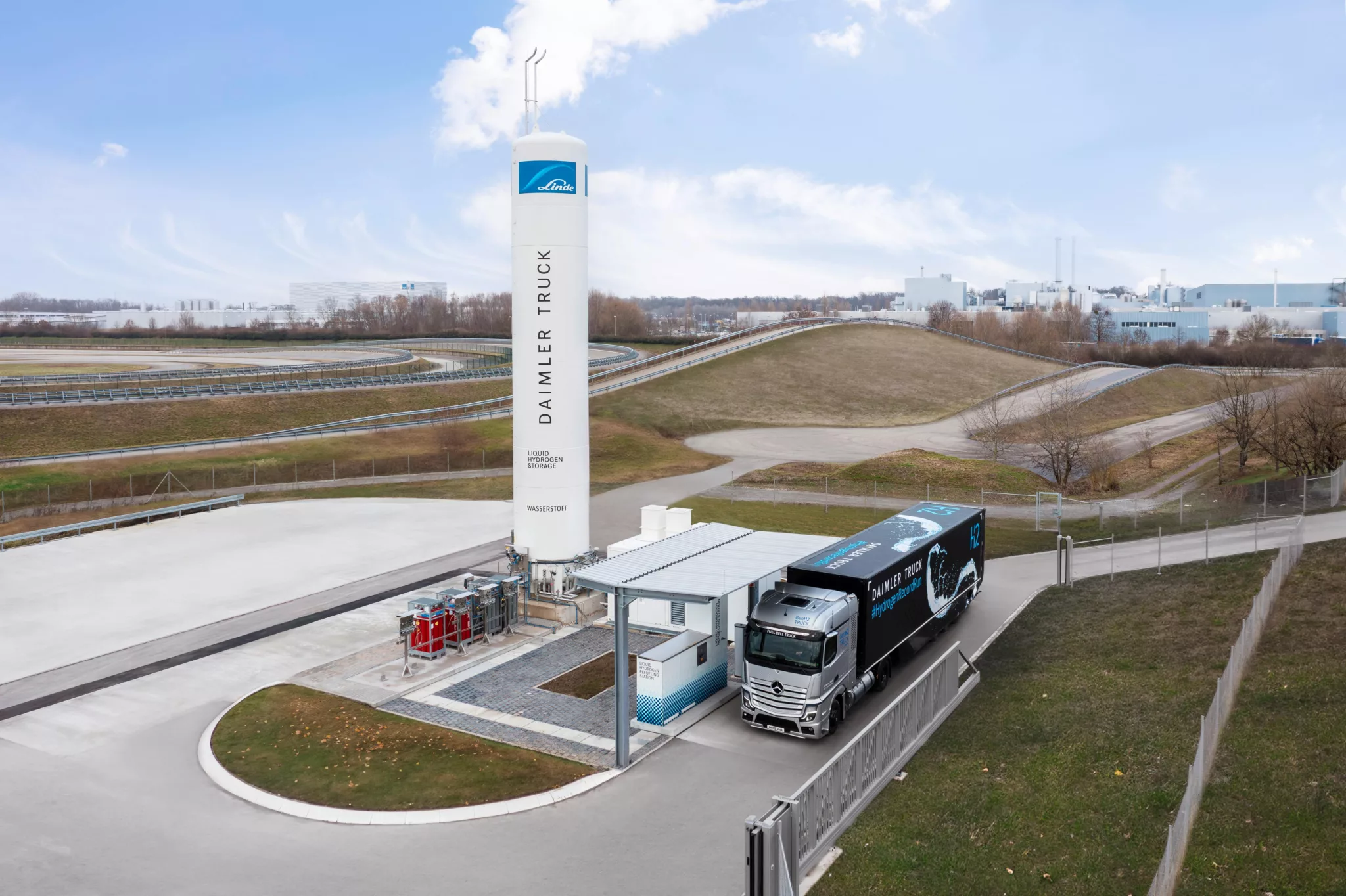
So does hydrogen have a future?
At GRIDSERVE, we’ll focus on what we know best, but we also know that everyone needs to do everything they can during this clean energy transition. Green hydrogen has lots of value in decarbonising industries like fertiliser, with the production of ammonia, or even steel, replacing coking coal in the reduction process of iron oxide to make iron.
It’s true that hydrogen fuel cell trucks can be considered advantageous over battery electric trucks, but only when vehicle ranges extend beyond 800kms. That scenario works well for places like the USA, for example, where most long-haul commercial truckers drive up to 1,050kms per day with only a 30-minute break. In Europe, however, truck drivers are more regulated and can drive a maximum of eight hours per day, so the driving range is considerably less.
With the battery-powered electric vehicle revolution already well underway for cars and trucks, and considering the UK’s geography and the strategic road network, it’s difficult to see the value of hydrogen being maximised within road transport.
